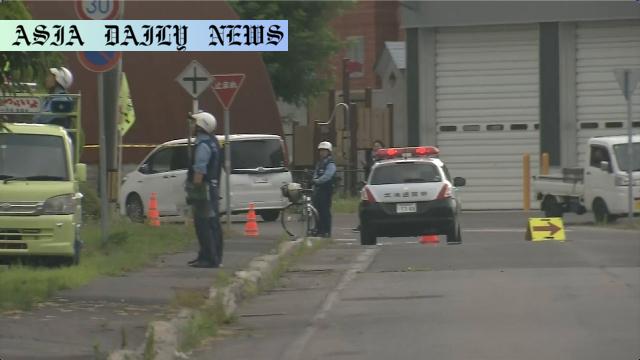Bear: Authorities in Hokkaido town eliminate bear near fatal attack site; investigation underway to confirm identity.
A bear was shot near a tragic bear mauling area in Hokkaido.
The attack last week claimed the life of a 52-year-old man.
Police are verifying if the killed bear was responsible.
Experts report rising bear sightings in the area.

Introduction to the Incident
In a recent and alarming event in Fukushima Town, Hokkaido, a bear was shot dead near the site of a fatal attack that took place the previous week. The incident has left residents apprehensive about the rising bear sightings. A 52-year-old man, identified as a newspaper delivery worker, was fatally mauled on July 12, highlighting the potential dangers posed by wildlife in the region.
Details of the Bear Sighting and Shooting
Early on Friday, at approximately 2 a.m., authorities received a report from a resident witnessing a bear roaming the Tsukisaki area. Upon investigation, hunters and police discovered a brown bear measuring 1.5 meters in height. In a swift operation executed by 3:30 a.m., hunters managed to eliminate the bear. The site of the bear sighting and subsequent confrontation was only 800 meters away from where the unfortunate victim was discovered. While the authorities commend the swift response, it remains unclear if the bear shot was connected to the earlier fatality.
Community Concerns
The town has reported an increase in bear sightings, which has put residents on high alert. Experts suspect that food scarcity and habitat encroachment may be driving bears closer to human settlements. Local authorities and wildlife experts are urging the community to exercise caution, remain vigilant, and report any bear activity immediately. Large and small paw prints consistent with brown bears were also discovered in the area, raising concerns about the presence of multiple bears.
The Role of Experts and Future Measures
Wildlife experts have been brought in to analyze the bear populations and determine the cause of their recent movements near human habitats. Efforts are being made to establish preventive measures such as awareness campaigns, bear-proof waste disposals, and monitoring systems to prevent further incidents. Risk management strategies aim to strike a balance between preserving wildlife and ensuring public safety.
This tragic event serves as a grim reminder of the delicate balance between humans and wildlife. While bears are an essential part of the ecosystem, their interactions with humans must be managed to minimize potential conflict.
Commentary
Addressing the Bear-Human Conflict in Remote Areas
The recent events in Hokkaido, where a brown bear was shot not far from the site of a fatal attack, underscore the pressing issue of human-wildlife conflict. While it is always a somber affair when an animal meeting its natural instincts is removed from the ecosystem, public safety remains paramount. It is important to approach such incidents with a balanced perspective that considers both the protection of human lives and the preservation of wildlife.
The Challenges of Coexisting with Wildlife
Encounters like these highlight the encroachment of humans into traditional animal habitats, as well as the changing behaviors of animals due to food scarcity or environmental disturbances. In areas like Hokkaido, renowned for its diverse ecosystems, such confrontations are becoming more common. It poses a challenging dilemma: how do we ensure the safety of communities while safeguarding the rights of wildlife? Comprehensive, inclusive solutions are crucial to address this issue.
Future Actions and Preventative Measures
This particular incident should prompt local authorities and wildlife agencies to invest in more robust preventative systems. From implementing bear-proof fences to introducing educational campaigns about bear encounters, sustainable methods can reduce the likelihood of future conflicts. It is also vital to equip residents with tools and information regarding bear activity. Proactive efforts such as these could save both human and animal lives over time.
By analyzing the root causes of bear sightings near populated areas, authorities can develop coexistence strategies and minimize risks. While situations like these are indeed tragic, they serve as a catalyst for progress, fostering a future where wildlife and humans can peacefully coexist in shared environments.


